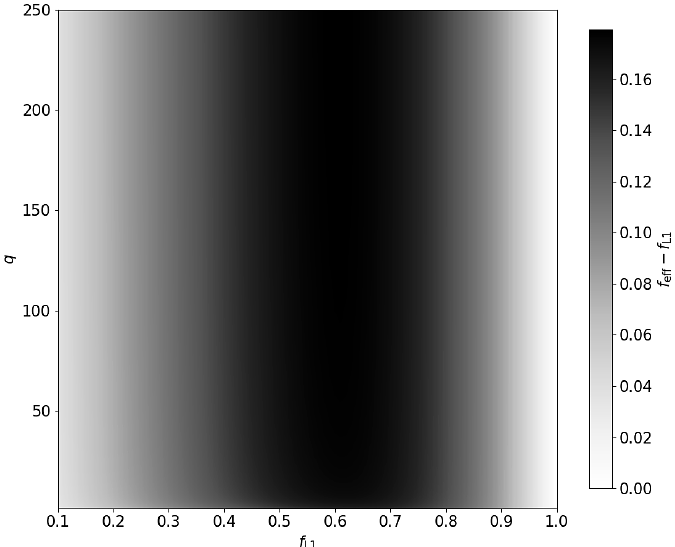A census of galactic spider binary millisecond pulsars with the Nançay Radio Telescope

A census of galactic spider binary millisecond pulsars with the Nançay Radio Telescope
Clara Blanchard, Lucas Guillemot, Guillaume Voisin, Ismaël Cognard, Gilles Theureau
AbstractSpider pulsars are systems in which a millisecond pulsar (MSP) tightly orbits (Pb $\lesssim$ 1 day) a low mass (mc $\lesssim$ 0.5 M$_\odot$) semi-degenerate star. Spider often display eclipses around superior conjunction. This eclipse phenomenon is currently poorly understood. We analyzed eclipses via pulsar timing. The eclipses were fit with a phenomenological model which gives a measurement of the duration and asymmetry of the eclipses. These parameters were then compared to other eclipse and system measurements to discuss the potential link between the presence of eclipses and orbital inclination, eclipsing systems being known to have higher mass functions than non-eclipsing ones. We present here a comprehensive review of the NRT NUPPI backend spider pulsars dataset. We also present the first review and systematic analysis of a large sample of eclipsers, monitored with the NRT over several years. The phenomenological fit allowed us to compare the eclipsers with each other, which led to the categorization of eclipsers depending on the shape of their eclipses. We present the polarimetric properties of the 19 spiders in the sample alongside their profiles, which were previously unpublished in some cases. For the eclipsing systems, we found evidence for a positive correlation between eclipse duration and mass function, as expected if more eclipsing material crosses the line-of-sight in higher inclination systems. For the entire sample, we found marginal evidence for increasing pulse profile width with decreasing mass function. We finally conducted a comprehensive literature review of the published inclination measurements for the pulsars in the sample and compared the inclinations to eclipse parameters. Nevertheless, the small number of available orbital inclination constraints, contradicting each other in some cases, hinders such searches for correlations